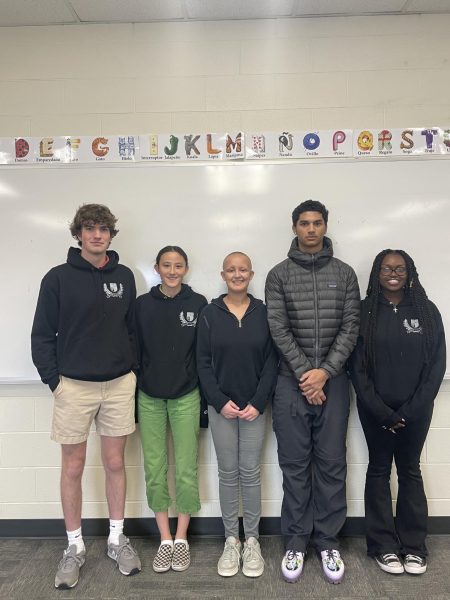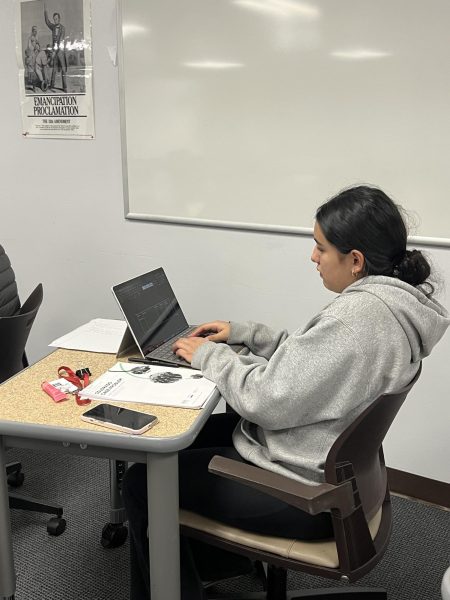Dangers on Our Peaks Over 14,000ft
Joey Najjar has climbed 25 Peaks over 14,000 feet this year. He has climbed the hardest peaks in Colorado. That Includes Little Bear Peak, Capital Peak, Crestone Peak, and The Crestone Needle.
In mountain climbing there is a Class system that rates a mountains difficulty. It goes from Class 1 being the easiest to Class five being the hardest. According to 14ers.com Class 1 means Low rockfall, no trail finding, there very little exposure, and the commitment is low. Exposure is being near cliffs or shear drops. All the way to Class five which you can be roped in on like The Maroon Bells Traverse.
This year we saw a large amount of people attempt Peaks over 14,000 feet. Joey was asked what mountain had the most amount of people that where not prepared “ Capital Peak definitely, It is because it has the hardest standard route in Colorado. That tends to attract people.” He was also asked what made people not prepared. “ They don’t have helmets or packs, they have nothing but the clothes on there back, and that truly is what kills people. People make poor decisions when unprepared.”
No 14,000 ft peaks are easy but there are ones that are easy to access and you can do without being in danger. “ A great peak to start on and my first one ever did was Grays Peak.” Located just off of I-70 This mountain has a defined trail no exposure and low commitment. With any peak in the mountains make sure the weather is good and you have plenty of water food and time to complete the hike. “ I can’t stress this enough, Be Prepared, even on the easy mountains.”
Do research a good place to start is 14ers.com . The app and website contain trail conditions, ratings and peoples thoughts on the trail. Make sure weather is good and wind conditions. Wind can be a defining factor when climbing 14ers. If wind is to strong on a sketchy part of a mountains you can risk a fall. Be prepared make a plan, do research, and bring food and water.


